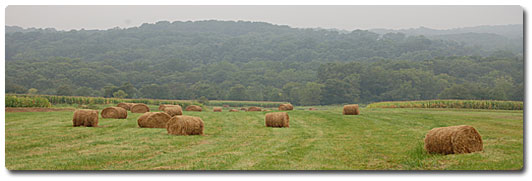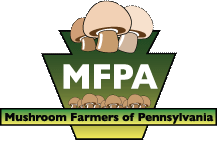
Environmental Importance l Nutritional Importance l Farm Profile l ACRE

Mushrooms produce carbon dioxide that green plants need to produce oxygen. Mushroom farmers process a number of agricultural by-products to create a nutrient dense growing medium that can be used as a soil amendment after the mushroom growing process. Ingredients such as horse manure, chicken litter, cottonseed hulls, cocoa shells and hay go into the mix. Without an outlet for these by-products, other agricultural producers would face serious environmental and disposal problems.
According to a report by the Penn State Department of Plant Pathology, “environmentalists, municipal governments and communities should look to mushroom farms as a disposal agent … Growers must use the mushroom’s ability to consume organic materials discarded by man to help control pollution in modern society.”
All mushroom farms must have a Mushroom Farm Environmental Management Plan (MFEMP). It is a carefully designed program that requires documented records outlining how mushroom farmers intend to manage the farm to prevent pollution incidents and to maintain or improve the condition of the soil, water and air resources. The MFEMP is developed for each specific operation in conjunction with USDA’s Natural Resource Conservation Service and the county conservation district.
In addition, the Pennsylvania Department of Environmental Protection has developed Best Practices for Environmental Protection in the Mushroom Farm Community, which provides uniform instructions and operating procedures for the use or disposal of mushroom compost or SMS.
When the mushroom harvest is finished, farmers steam pasteurize everything in the growing room and dispose of the rich, organic material that remains. This product is sold as mushroom compost.
Mushroom compost is great for gardens as a slow release organic fertilizer (2-1-1, pH 6.8) when mixed into soil or as a mulch one year and a soil amendment the next. Mushroom farmers have used integrated pest management practices for decades and few pesticides are used on mushroom crops. With steam pasteurization, all weed seeds are dead as are any insects and other pests that might be present.

